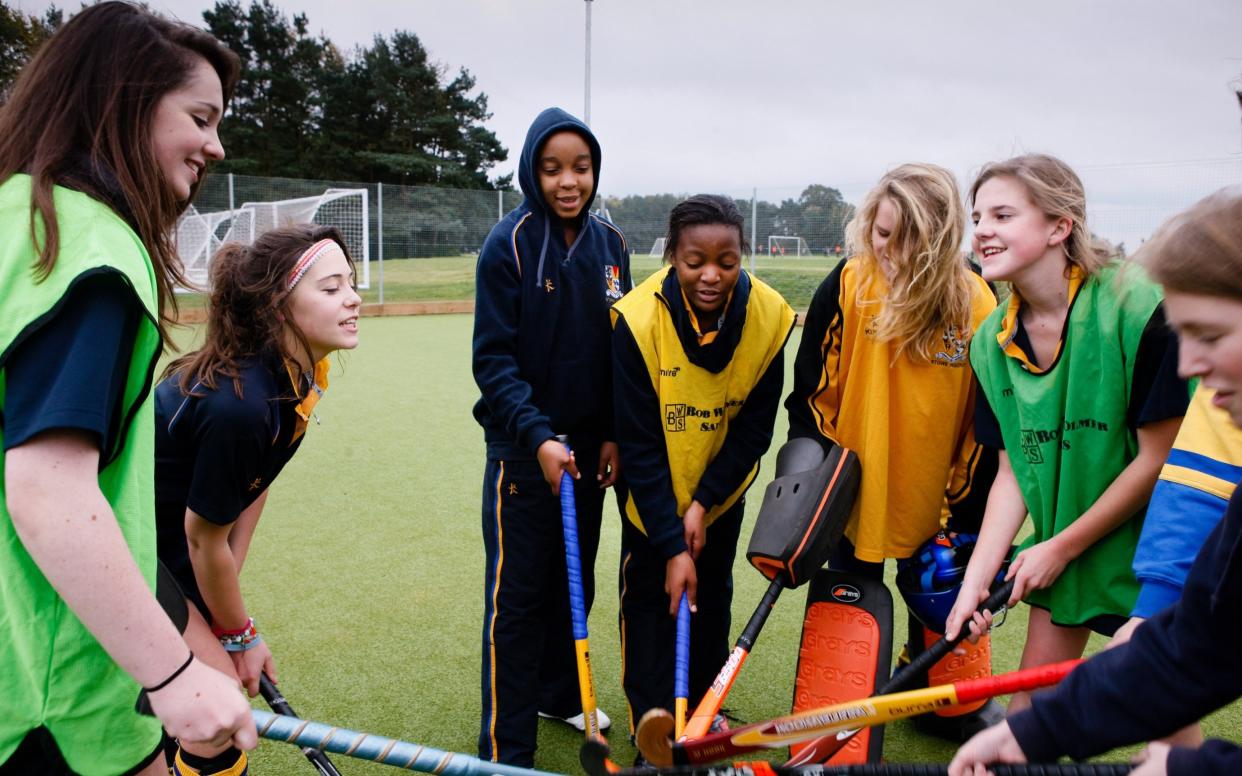Four in five teenagers not doing enough exercise, says WHO as they blame 'electronic revolution'

Four in five teenagers in the UK do not do enough exercise, says the World Health Organisation, warning that an “electronic revolution” has left too many children glued to their gadgets.
The figures – the first global estimates on physical activity among adolescents – suggest that 'couch potato' lifestyles have become the norm.
Girls are less active than boys in 142 of the 146 countries studied – including the UK, where 75 per cent of boys and 85 per cent of girls do not do enough exercise.
The World Health Organization (WHO) recommends teenagers take part in an hour of moderate physical activity – for instance walking, cycling or dancing – each day.
But their new analysis, published in Lancet Adolescent and Child Health, found that 80 per cent of students aged between 11 and 17 are too sedentary.
And although average activity has barely changed, the gender gap has got worse since the millenium – widening in three quarters of nations. This includes the UK, where the gap grew by 1.6 percentage points since 2011.

Leanne Riley, report co-author and coordinator of non-communicable disease surveillance at the WHO, said growing reliance on smartphones, computers and gaming devices were fuelling sedentary habits.
And she said the figures should be seen as a “wake up call” about the need to boost activity levels, especially among girls.
“The electronic revolution has encouraged teenagers to sit down more, they tend to do more digital than active play,” Ms Riley said.
“As we move into cities there are also safety concerns – it becomes more dangerous for kids to walk or ride a bike – and often there just aren’t the spaces available for sport and play.”
School pressures were also reducing the amount of time children spent active, she added.
“Really crucial is the emphasis in some countries on academic success, which is displacing physical activity.”

Ms Riley said this pattern was clear in the global results – in South Korea, a country where teenagers are encouraged to focus on academics, 94 per cent of teenagers do not exercise enough.
“It might be good for exam results but it’s having a very negative effect on health,” she said.
The author said global trends showed girls less likely to exercise.
“Typically, girls are not encouraged to be as active and we tend to promote sports that are more appealing to boys,” said Ms Riley.
“There are also cultural barriers at play here – be it around security or stigma. These figures should be a wake up call, we need to do more to make sport and physical activity appealing for girls – and provide an environment for them to safely participate.”

But the WHO expert added that the overall figures were “deeply troubling”, as exercise during adolescence improves respiratory and muscular fitness, supports cognitive development and helps to maintain a healthy weight.
There is also growing evidence suggesting that inactive teenagers grow into inactive adults.
The report found that South Korea, the Philippines and Cambodia had the least active students, while teenagers in Bangladesh, Slovakia and Ireland did the most exercise.
Dr Fiona Bull, co-author of the report, said: “Young people have the right to play and should be provided with the opportunities to realise their right to physical and mental health and wellbeing.
“Policy makers and stakeholders should be encouraged to act now for the health of this and future young generations.”
Protect yourself and your family by learning more about Global Health Security

 Yahoo News
Yahoo News 
